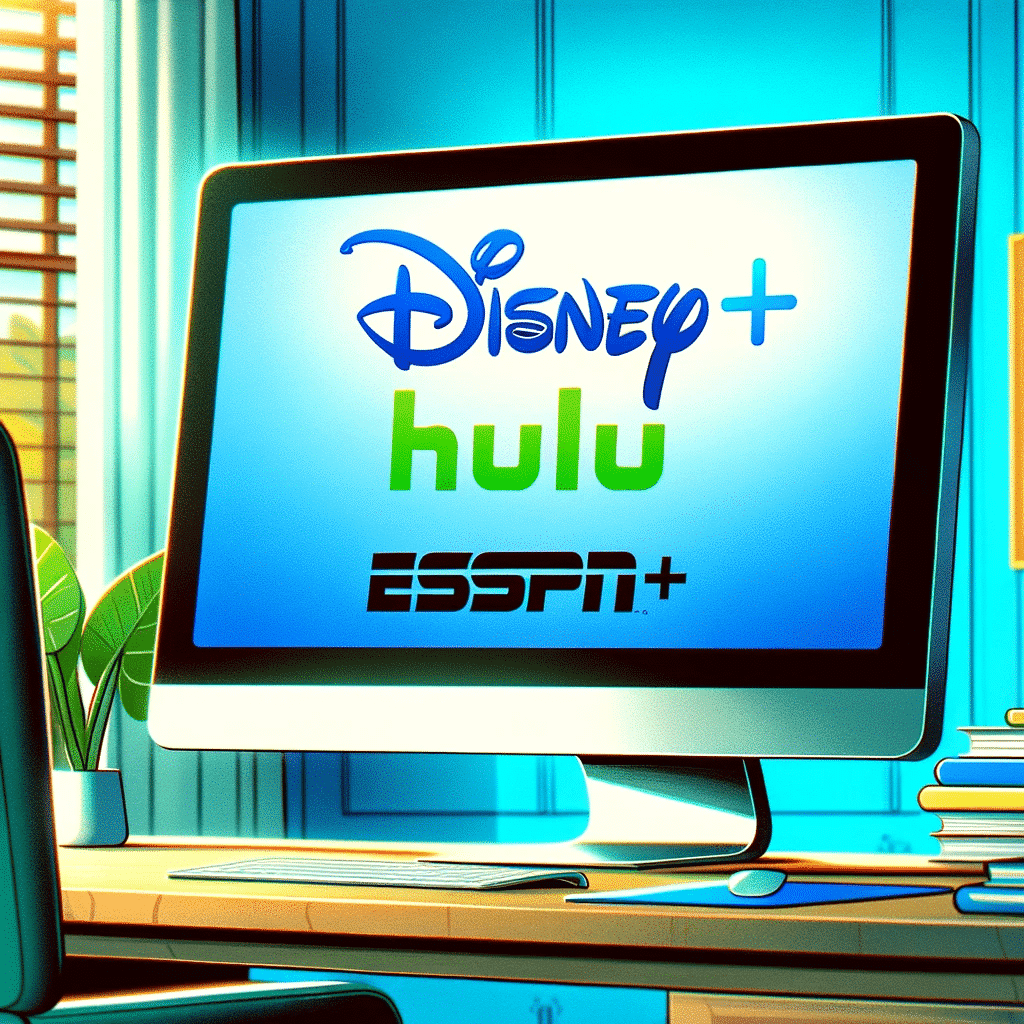The year 2024 marks a significant turning point in the digital entertainment landscape. As more consumers abandon traditional pay TV, streaming services emerge as the new frontier, albeit with unique challenges. This shift, however, is about individual platforms and the emergence of a new phenomenon: the streaming bundle. This evolution suggests a strategic adaptation for both streaming services and cable providers, promising to reshape how we consume digital content.
The Transition from Cable to Streaming Bundles:
The decline of cable TV in favour of streaming services has been evident for years, and 2024 continues this trend. However, streaming platforms have faced hurdles, including subscriber declines and reduced ad revenue. Despite these challenges, industry experts see a promising path forward through bundling. Speaking to CNBC, media executives have pointed out that 2024 could be when media companies seriously explore bundling options. Macquarie analyst Tim Nollen remarks, “The Charter-Disney deal was a sign of the times,” highlighting a pivotal moment in the industry’s evolution.
A notable example is the tussle between Disney and Charter Communications over fees leading up to the National Football League season. With Disney-owned channels, including ESPN, going off-air for Charter’s Spectrum customers, the dispute culminated in a landmark agreement. This deal, reached just before a significant “Monday Night Football” game on ESPN, included Spectrum TV Select Plus subscribers getting access to Disney+ and ESPN+.
Such collaborations point towards a potential trend in 2024, with companies like Liberty Media and Warner Bros. Discovery interested in integrating streaming services into cable bundles. Paramount and Warner Bros. Discovery are even discussing a possible merger, signalling a more significant movement toward consolidation and bundling in the industry.
The Complex Economics of Streaming Bundles:
Despite the apparent demand for streaming bundles, top players have been historically reluctant. The challenge is balancing average revenue per user (ARPU) and subscriber growth. While a discounted bundle might reduce ARPU, a significant increase in subscribers could counterbalance this effect. Companies with cable networks face additional concerns about streaming bundles cannibalizing their cable plans.
In 2023, major streaming platforms began positioning themselves for this shift. Disney’s acquisition of Comcast’s stake in Hulu and the rollout of a combined Disney+ and Hulu platform are steps towards this new bundling era. Similarly, reports of potential bundles involving Paramount Global, Apple, and Verizon indicate an industry-wide trend.
The Potential Upside of Streaming Bundles:
The integration of streaming into the pay-TV bundle could provide a much-needed boost for the industry. With pay TV ad revenue declining, the ad-supported tiers of streaming platforms included in bundles could drive higher ARPU for cable companies. Streaming platforms, like Netflix, are also adapting by introducing ad-supported tiers and raising plan prices to counter subscriber losses.
The Disney-Charter deal offers a glimpse into the future of digital entertainment, where streaming and cable companies collaborate to adapt to changing consumer preferences. This bundling trend holds the potential for companies like Disney and Warner Bros. Discovery to leverage their extensive content offerings and stabilize subscriber numbers. As the industry navigates this “generational disruption,” the emergence of streaming bundles is a testament to the dynamic nature of digital entertainment and the endless possibilities it holds for providers and consumers.



